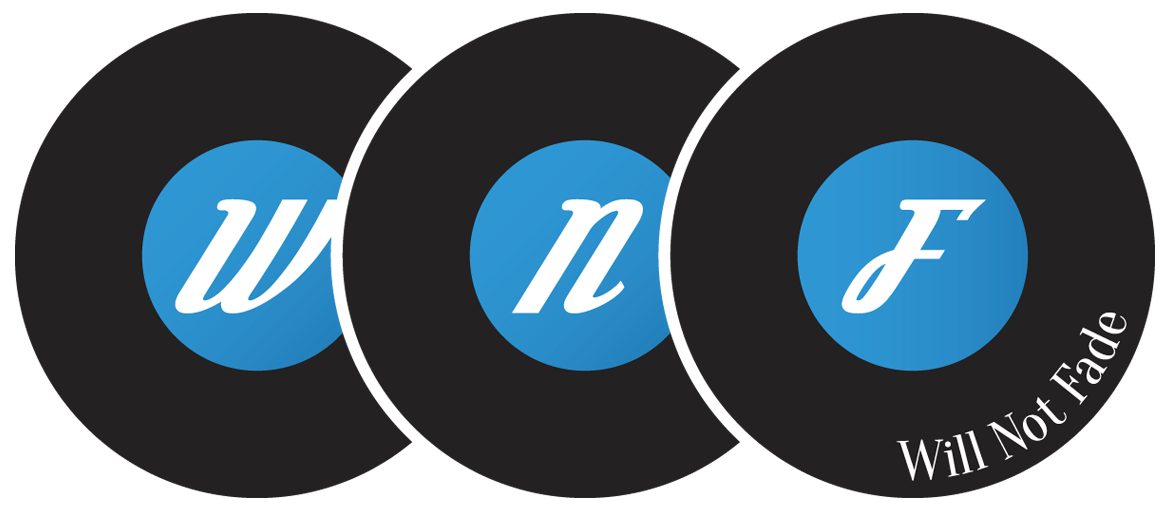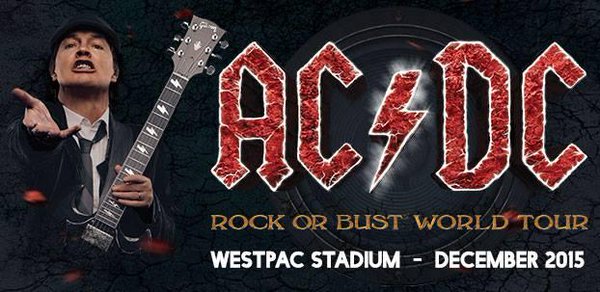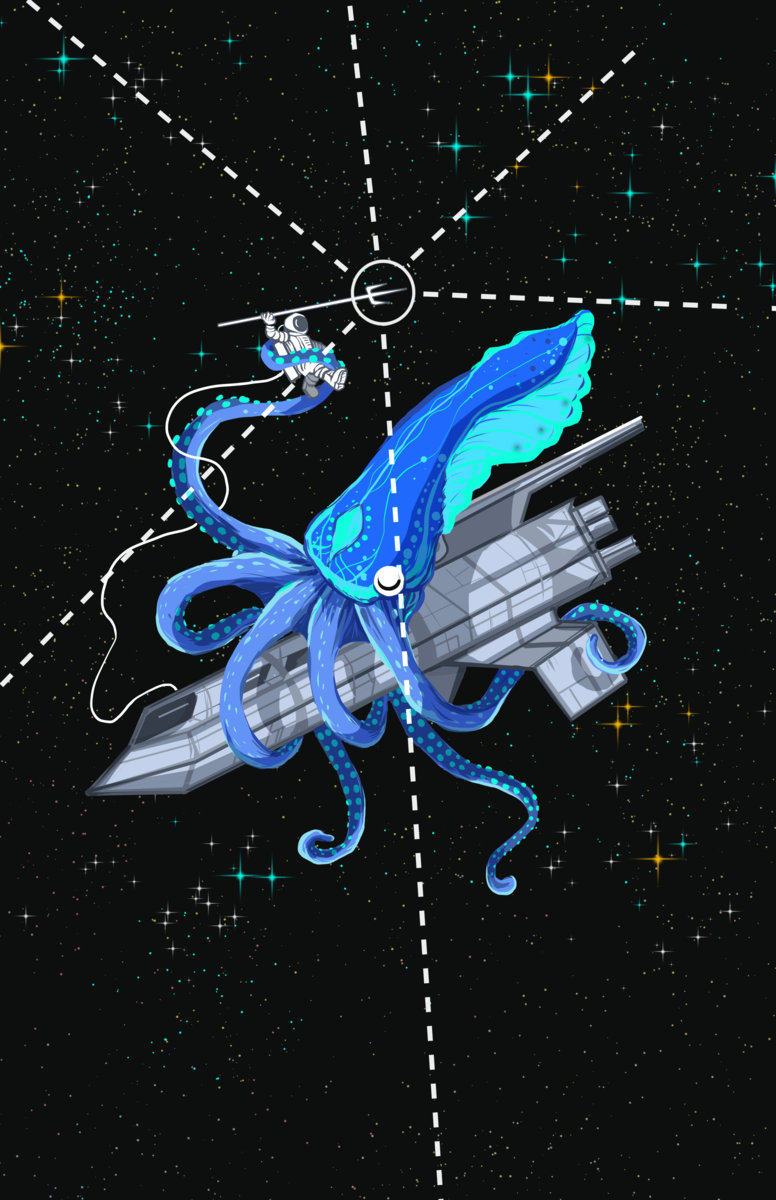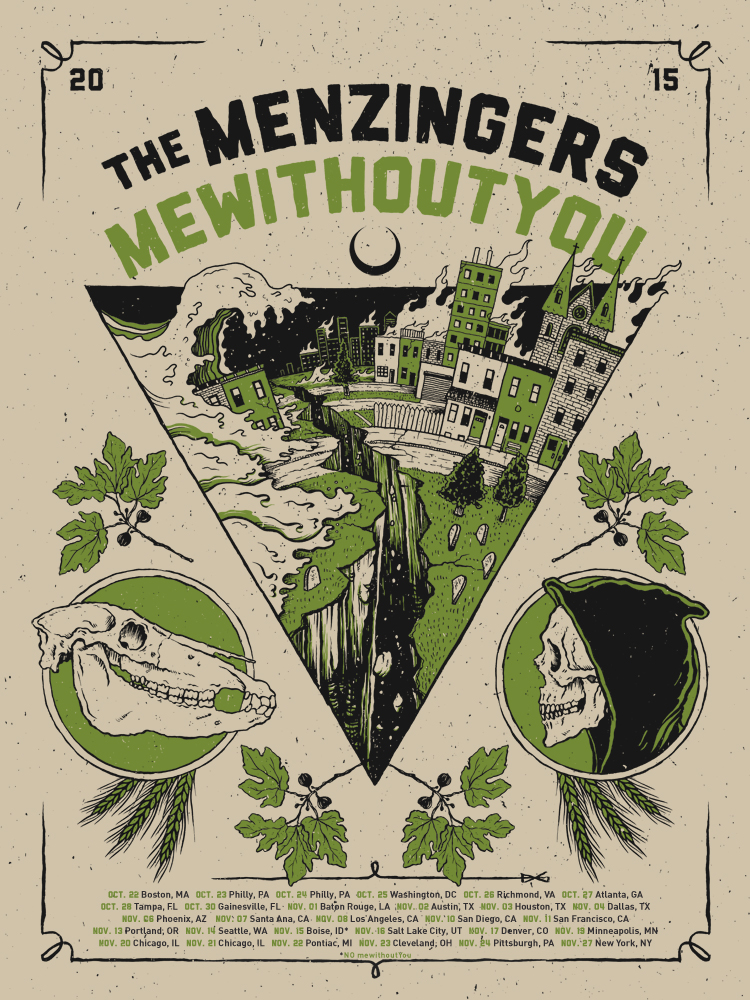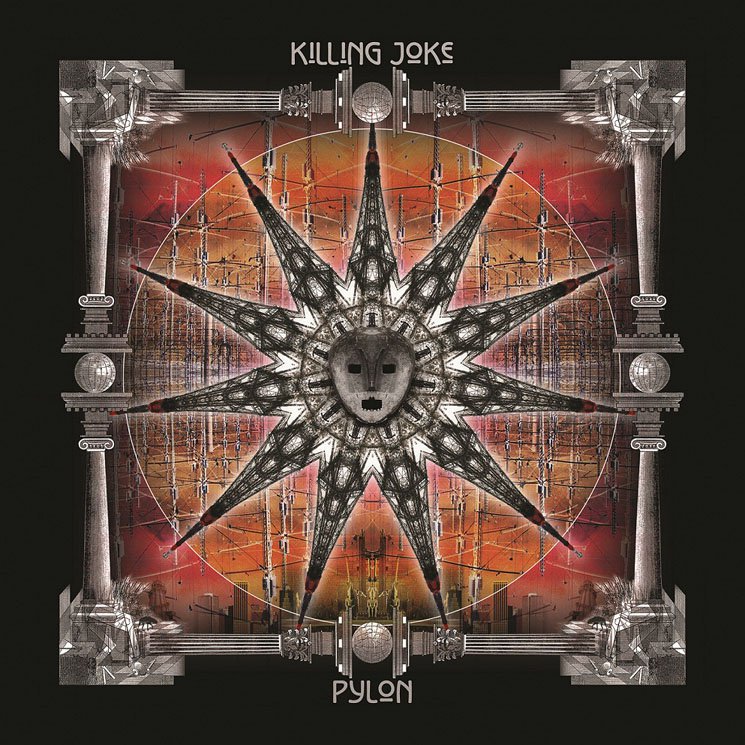AC/DC Rock or Bust World Tour
w/ Villainy and Shihad
Westpac Stadium, Wellington
Saturday 12 December
Shihad
Shihad have played the same set the past three times I’ve seen them play (Riwaka, and twice at Homegrown), drawing extensively from their latest album, FVEY. It was refreshing to see them play a more varied set this time, playing the more well known hits from throughout their catalogue. Although it was only half an hour long, there was no filler, and the crowd welcomed their boys home accordingly.
I remember on one drunken night during my teenage years I bumped into Shihad’s Jon Toogood in Courtney Place and began fangirling because he fronted one of my favourite bands. I remember asking what it was like opening for bands like Faith No More and AC/DC, with Toogood gushing about how it was such a surreal experience.
From how he was carrying on tonight, nothing has changed. He and drummer Tom Larkin had been suspended back in school for writing “AC/DC Rules!”graffiti in the school bathroom. And over two decades later, he still stands by that statement.
And the statement appeared to ring true from the moment the Aussie rock veterans came onstage. There was a cool animation on the screens showing astronauts landing on the moon, before an explosion sends a meteor through space. The crashing of the meteor and some pyrotechnics cued the start of the set, with the rockers kicking things off by playing title track “Rock or Bust”.
Technical Issues
Unfortunately things did go bust. The sound was pretty bad, and they actually stopped altogether to work out the difficulties after the second song. It wasn’t explained exactly what was happening, but we were left to wait in the cold wind and rain for over half an hour. Presumably some rain had affected the electrics? Frontman Brian Johnson explained that they didn’t want to proceed without things being perfect, but the wait was excessive. People even started booing.
https://www.youtube.com/watch?v=1XJkjVMk_oE
Back in Black, back on track
Finally, after a very long and wet wait, the band came back onstage to play their set. It’s hard to tell if the set was shortened due to the delays, but they covered nearly all the big hits that I expected them to play.
The show was as grand as you’d hope. The large devil-horned stage had neon scaffolding, screens on either side, and a wall of Marshall amps set up behind the band. Although they were used sparingly, the pyrotechnics added a great explosive touch, complemented by the many lights on and around the stage. Even the crowd supplied lights, because in the swaying sea of drunken bogans were thousands of flashing red devil horn headbands. The stage props also added to the fun. First a large bell was lowered for “Hells Bells”. Next we had a large inflatable Rosie, suggestively dressed and shaking to her song. But the best was the many cannons rolled out for the encore of “For Those About To Rock”, firing when Johnson ordered for a salute.
AC/DC is the band that has released the same album twenty something times, so you know what to expect. We had Angus hopping around in a schoolboy uniform, and Johnson screeching into the mic. The drums were basic but effective, and as much focus was placed on the showmanship as on the musicianship. Cannons were fired and solos were played. Fireworks and pyrotechnics added to the fun, and at the end of the day, despite the technical delays, we got the extravaganza that we’d come for.
Joseph James
